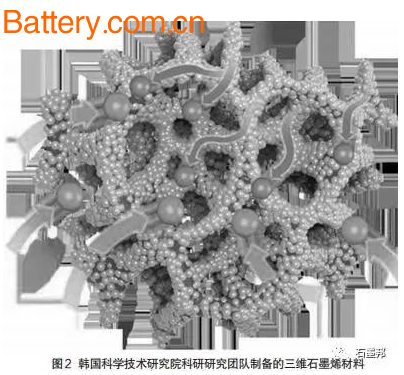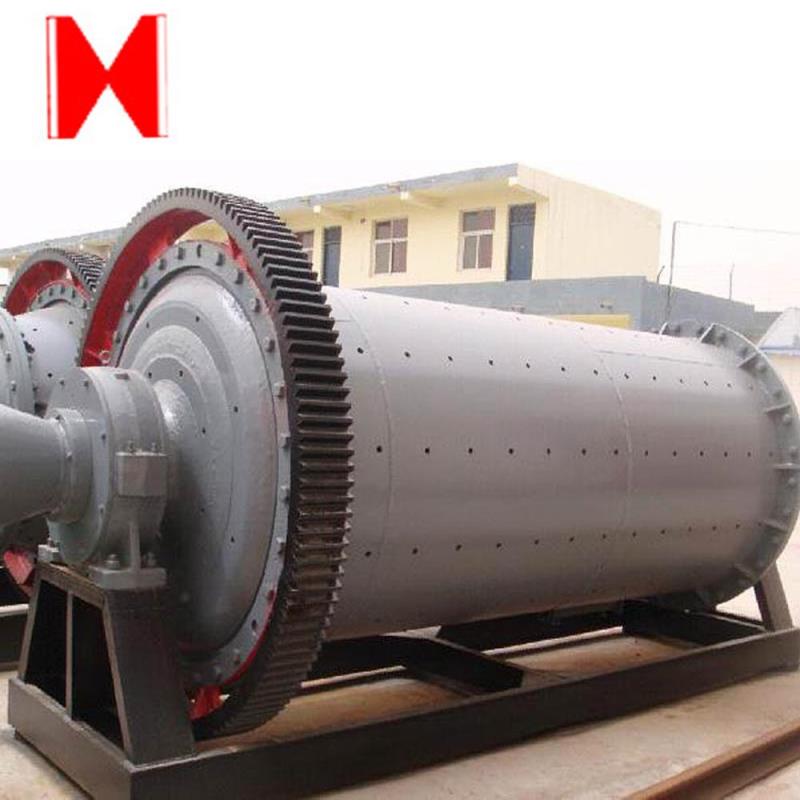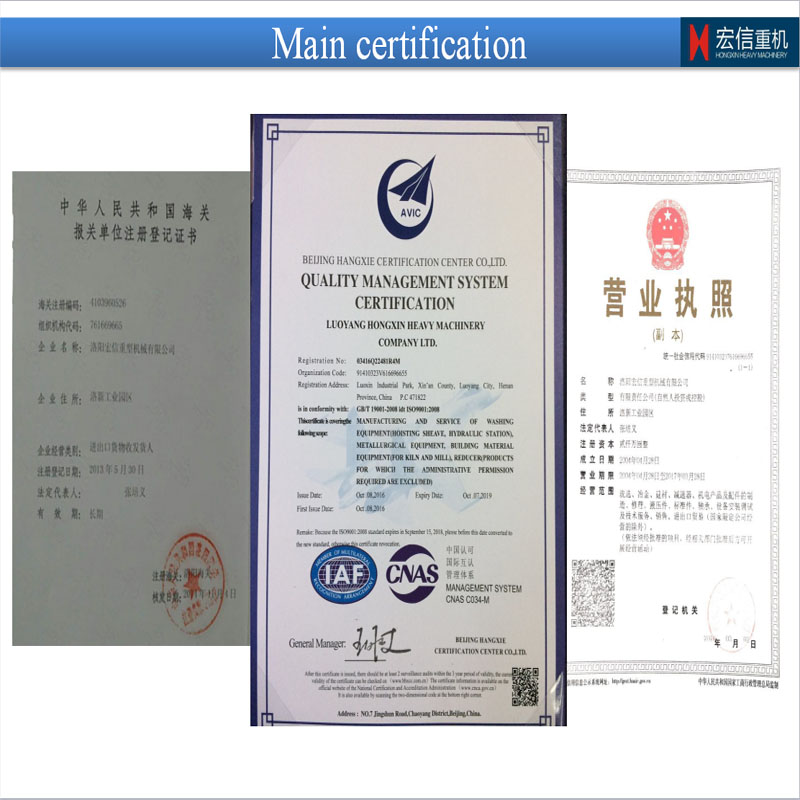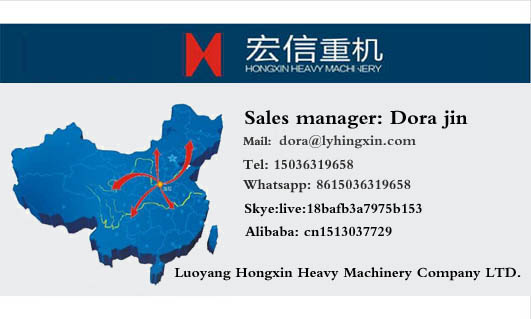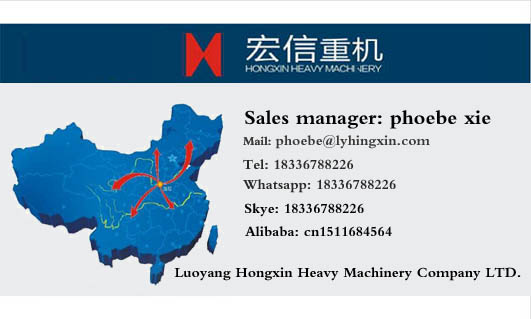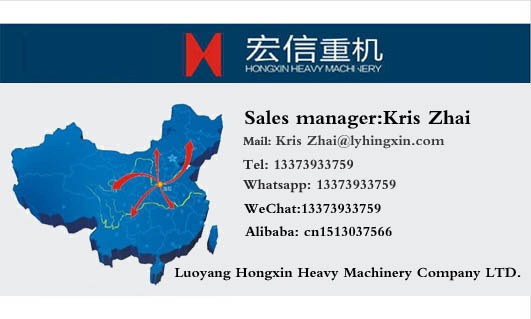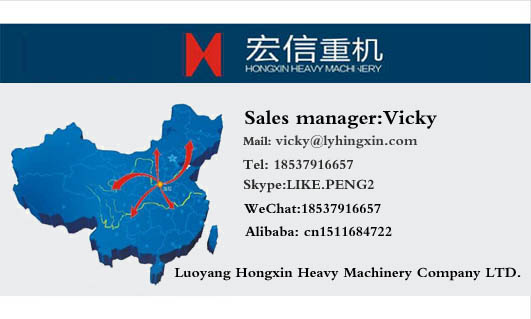Lithium-ion batteries work by relying on lithium ions moving between the positive and negative electrodes. During charge and discharge, Li+ is intercalated and deintercalated between the two electrodes: when charging, Li+ is deintercalated from the positive electrode, and the electrolyte is embedded in the negative electrode, and the negative electrode is in a lithium-rich state; Lithium-ion batteries are composed of positive and negative electrodes, separators and electrolytes. The cathode material of lithium-ion batteries must have a position to accommodate lithium ions and a path for diffusion. To improve the performance of lithium-ion batteries. Electrode materials are key. According to researchers at Rensselaer Polytechnic Institute in the United States, graphene electrode materials charge 10 times faster than the graphite electrode materials commonly used in today's lithium-ion batteries. 1 USC University of Los Angeles makes a porous three-dimensional graphene structure The performance of a lithium ion battery depends on the material properties of the electrode. In particular, the material should not only have high electrical conductivity, but should also provide excellent porosity required for rapid embedding and re-embedding of lithium atoms during the charge and discharge cycle of the battery. Graphene having a single-layer carbon atom structure, although theoretically, has a larger specific surface area and excellent mechanical flexibility. However, it is difficult to integrate graphene into a large-volume lithium ion battery without agglomeration in actual operation, and the specific surface area is also seriously reduced. Based on this situation, the team at the University of California, Los Angeles, prepared a graphene aerosol and converted the graphene aerosol into a solvated graphene three-dimensional porous structure in a simple way, greatly enhancing lithium ion exchange and conduction. Sex. To prepare this graphene structure, scientists used graphite oxide to form a free unsupported graphene aerosol cube by an improved hydrothermal method. They convert the aerosol structure into a three-dimensional solvated graphene structure by simple solvent displacement. This solvated graphene structure can then be conveniently compressed into a film that is loaded into a lithium ion button cell without damaging the porous graphene network structure. This easy-to-prepare anode not only allows faster penetration of lithium ions, but also maintains a large surface area and excellent electrical conductivity of the graphene sheets. Studies have shown that the solvated porous three-dimensional graphene aerosol structure has better electrochemical performance. 2 Korean research team invents three-dimensional graphene materials that can improve the performance of lithium-ion batteries The new graphene electrode material for lithium-ion batteries invented by the research team of the Korea Institute of Science and Technology (KAIST) has a faster charging speed and a lower capacity than conventional lithium-ion batteries. The team said that traditional graphene is a two-dimensional carbon atom sheet, which is usually prepared by dissolving graphite in a chemical solution and then separating the graphite into an ultra-thin sheet carbon material. However, the graphene prepared by this method leaves a small amount of impurities on the carbon sheet material. Impurities in the material will reduce the battery capacitance after a certain period of use. The team used a chemical deposition method to prepare a three-dimensional sheet carbon material free of any impurities. Compared with the conventional material preparation method, the graphene material prepared by the new preparation method has a greatly improved recharge rate of the prepared battery because it does not contain impurities. Related tests have confirmed that the fabricated battery does not experience a decrease in capacitance after 10,000 recharge cycles. 3 US scientists hydrogenation of three-dimensional graphene nanofoam electrodes to improve battery performance Many key properties of lithium-ion batteries , such as capacitance, voltage, and energy density, ultimately depend on the degree of bonding between lithium ions and electrode materials. Small changes in the structure, chemical process, and shape of the electrode can significantly affect the bonding strength of the lithium ion and the electrode material. The research team of Lawrence Livermore National Laboratory (LLNL) in the United States has repeatedly tested and calculated that in lithium-ion batteries (LIBs), hydrogenation of three-dimensional graphene nanofoam electrodes can significantly increase battery capacity and Transmission performance, which contributes to the development of graphene-based high-power electrode materials. The team's experiments and various calculations have shown that deliberate low-temperature hydrogen treatment of defect-rich graphene can increase the rate capacity. Because hydrogen atoms interact with defects in graphene, they open small openings that promote the penetration of lithium ions, which enhances ion transport. The reversible capacity can also be increased by increasing the degree of lithium ion binding near the boundary where the hydrogen atoms are most easily bonded. In order to study the effect of hydrogenation treatment of defects in graphene on lithium ion storage capacity, the research team tried various heating conditions in the process of hydrogen contact, and studied the electrochemical performance of three-dimensional graphene nanofoam (GNF) electrode. These electrodes are mainly composed of defective graphene. Three-dimensional graphene foam is an ideal material without the use of adhesives and the negative effects of additive use. This study shows that controlled hydrogenation of graphene-based anode materials can be used as an effective method to optimize lithium ion transport and reversible storage. 4 US scientists put silicon particles in graphene "cage" to enhance silicon-lithium ion anode The disadvantage of the lithium ion battery anode made of silicon material is that the anode is prone to expansion, cracking, and even reacts with the battery electrolyte to form a coating that affects the performance of the electrode. To this end, a research team composed of Stanford University and the US Department of Energy's NLAC National Accelerator Laboratory designed a three-step simple method to encapsulate silicon anode particles in a "cage" customized with graphene, which is expected to solve the above problems. The microscopic graphene cages are designed to be perfectly sized to accommodate sufficient expansion of the silicon particles during battery charging, but at the same time compact enough to always converge after particle separation, thus allowing the electrodes to remain in place. High capacity. In addition, flexible, robust graphene cages can also block harmful chemical reactions between the electrode and the electrolyte. The team's test results show that the graphene cage effectively enhances the conductivity of the particles, forming a high storage capacity and improving chemical stability and efficiency. This method can also be applied to other electrode materials and is expected to achieve a true low cost, high energy density battery material. In order to ensure that the graphene cage works well, it needs to match the size of the silicon particles. Therefore, scientists have designed the following processes: First, the silicon particles are coated with a suitable thickness of nickel. Then, several layers of graphene are grown on top of the nickel layer. The role of the nickel layer is to act as a catalyst for promoting graphene growth. Finally, the team etched away the nickel layer, leaving enough space in the graphene cage to accommodate the expansion of the silicon particles. These precisely matched graphene cages are the first coat to keep the electrode running efficiently, and can also perform some chemical reactions at relatively low temperatures. It is reported that silicon particles having a larger diameter can be used by this new method. For example, silicon particles of 1 to 3 micrometers or a few millionths of a meter can be used. Silicon particles of this size are inexpensive and widely available. In fact, the particles used by the team are very similar to the scrap produced by grinding silicon ingots during the preparation of semiconductor chips. The use of such large diameter silicon particles in the preparation of battery anodes at the time did not achieve good performance at all. Although the related processes need further optimization, the research and development is regarded as an exciting result by the scientific community. 5 Indian scientists new lithium-ion battery anode material - cobalt + graphene aerosol structure Metal oxides have the potential to replace graphite electrodes and lithium alloy anodes in lithium ion batteries. Cobalt oxide (CoO) has a high specific capacity and excellent cycle stability, and the prospects in this field are particularly good. However, the agglomeration and volume expansion of cobalt oxide particles greatly limits its use as an anode material. The research team of the Indian Academy of Science, Education and Research fuses cobalt oxide into a graphene hydrogel, which utilizes the three-dimensional support of graphene hydrosol to stabilize the mechanical properties, effectively avoiding volume expansion problems. Not only that, but this fully interconnected hybrid material also enhances electrical conductivity. The team used a hydrothermal technique to first prepare a texture with a uniform texture (an interesting rose shape). This structure is then fixed to the reduced graphene oxide sheet to melt into a graphene hydrosol. This cobalt oxide-graphene hydrosol material exhibits superior electrochemical performance compared to conventional lithium ion battery anode materials. The unique shape of cobalt oxide and their interlaced structure with reduced graphene oxide shortens the diffusion distance of lithium ions and also avoids some common problems caused by volume expansion during the lithiation/delithiation reaction. Conclusion According to relevant forecasts, the global lithium-ion battery market is expected to grow to $65 billion by 2020 and to $130 billion by 2025. Market growth is driven by demand for better energy storage systems and applications in electric vehicles , consumer electronics (smartphones, tablets, laptops, etc.) and renewable energy. Graphene is used in many countries around the world. Research in the field of batteries in order to seize the technical opportunities. The US Department of Energy provided special research funding to its graphene preparation company XG Scienc?es to fund the company's development of a low-cost silicon-graphene composite anode with the goal of achieving an energy density of 350 Wh/kg for lithium-ion batteries. Cycle performance is increased to 1000 charge cycles. Malaysian Graphene Corporation - Gra?pheneNanoChem and Sync R&D have reached an agreement to develop a new generation of graphene-enhanced lithium-ion batteries for electric buses. The project aims to drive electric buses on the road by 2020. It has reached 2,000 vehicles and the number of electric vehicles has reached 100,000. There are still many innovative researches on the use of graphene in lithium ion electrode materials in various countries in the world, and they are not listed here one by one. Relevant domestic enterprises can learn from the relevant experience of foreign countries, make full use of the unique excellent performance of graphene, and take the problem as the guide. Through “graphene+â€, the industrial transformation and upgrading will be realized as soon as possible, and the strategic commanding heights in this field will be seized.
Product introduction:
Ball grinding mill is the key equipment for crushing material after it is broken .can produce below 8m ball mills. The ball mill is mainly used for pulverizing ores and other materials, and widely used for ore dressing, building material, chemical industry and other industries.
Company profile:
workshop show
Factory Equipments
Luoyang Hong Xin Heavy Co., LTD. is located in Luoyang Xin'an Industrial Park, Luoyang Hongxin Heavy Machinery Co., Ltd is an enterprise featured with industrial designing, processing and manufacturing, which is qualified for import-export trade. Covering an area of 15,000 square meters and holding an annual production value of 80 million RMB, the company of 20 million RMB registered capital has total 100 staff members, among which there are 20 engineering technicians owning senior and medium professional titles and 40 intermediate and senior technicians capable of product designing and developing.
Hongxin is dedicated to produce reducers, hoists, crushers, Ball Grinding Mills and the equipments of screening, coal washing, metallurgy and cement, and replacement parts. Meanwhile, we provide the perform maintenance service for various series of equipments. There are 52 large-scale equipments applied into the manufacturing process, such as T200 CNC floor boring and milling machine, YK 73125 CNC molding gear grinding machine, YK322B CNC molding gear grinding machine, Y3200 gear hobbing machine, Y1600 CNC gear sharper, 4m vertical lathe, 6.3m CNC vertical lathe, T110 CNC boring machine, and 52 middle-sized productive and assistive equipments, which integrate strong manufacturing and processing capability with complete managing system of production and technology, quality management system and comprehensive testing measures.
Certificate:
Contacts:
Grate Ball Mill Grate Ball Mill,Energy Saving Grate Ball Mill,Grate Type Ball Mill,Grate Discharge Ball Mill Luoyang Hongxin Heavy Machinery CO., TLD. , https://www.hxreducer.com
